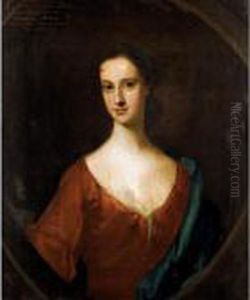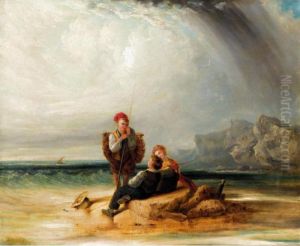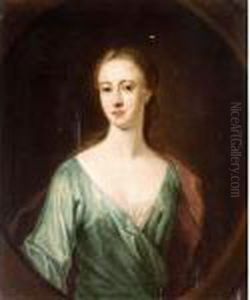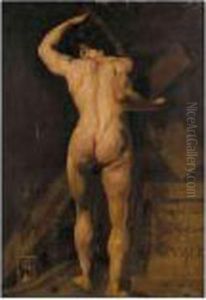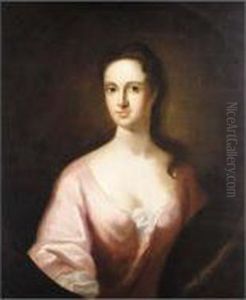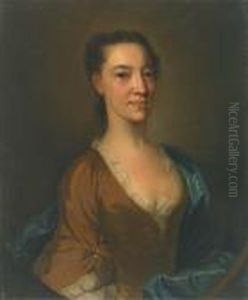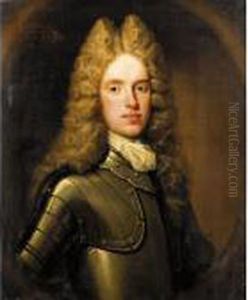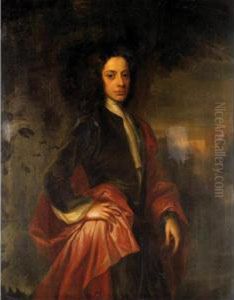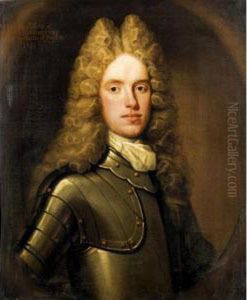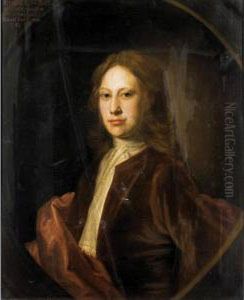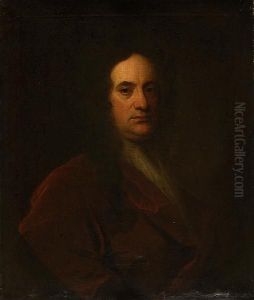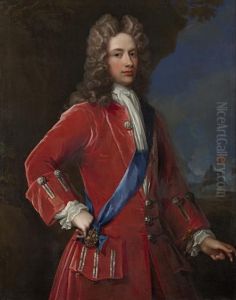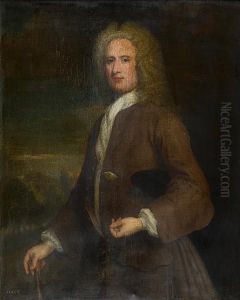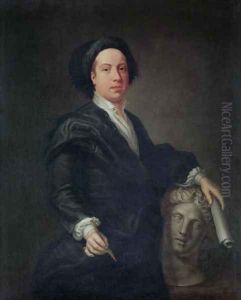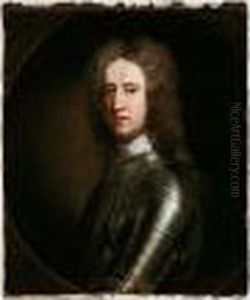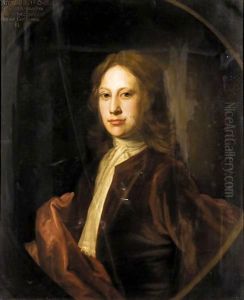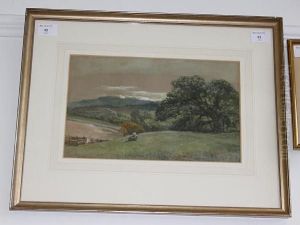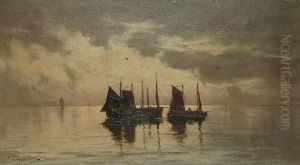William Aikman Paintings
William Aikman was a Scottish portrait painter. He was born on 24 October 1682 in Cairnie, Fife, Scotland. Aikman was the son of William Aikman, a lawyer and landowner, and his wife, Margaret Cairnie, after whom the place of his birth was named. He displayed a strong affinity for the arts at an early age, and after his father's death, he was sent to the University of Edinburgh to study law to prepare for a career in his family's estate. However, Aikman's passion for art prevailed, and he abandoned his legal studies to pursue painting.
He initially trained under Sir John Medina, a portraitist of some renown at the time, who was of Flemish-Spanish descent and had settled in Scotland. After his training, Aikman traveled to Italy to further his study of painting. He spent several years in Rome, honing his craft and studying the works of the great Italian masters. His time in Italy was a significant period in his development as an artist, and it greatly influenced his subsequent work.
Upon returning to Britain in 1707, Aikman established himself in Edinburgh, where he became the leading portrait painter. He was particularly known for his portraits of members of the Scottish nobility and gentry. In 1712, he relocated to London to further his career. There, he was encouraged by Sir Godfrey Kneller, one of the leading portraitists in England at the time, who introduced him to influential clients.
Aikman's portraits are characterized by their relaxed style, warm colors, and perceptive rendering of his sitters' personalities. His work was well received, and he gained a considerable reputation for his ability to portray his subjects with dignity and grace. Throughout his career in London, Aikman enjoyed the patronage of several important figures, including the Duke of Argyll and other Scottish aristocrats who had settled in London.
William Aikman never married and had no known children. His work remained influential, and he played a significant role in the development of Scottish portraiture. Aikman died on 7 June 1731 in London, and he was buried in Greyfriars Kirkyard in Edinburgh. Although not as widely remembered as some of his contemporaries, Aikman's contribution to British art history remains significant, particularly in the context of the early 18th century.

